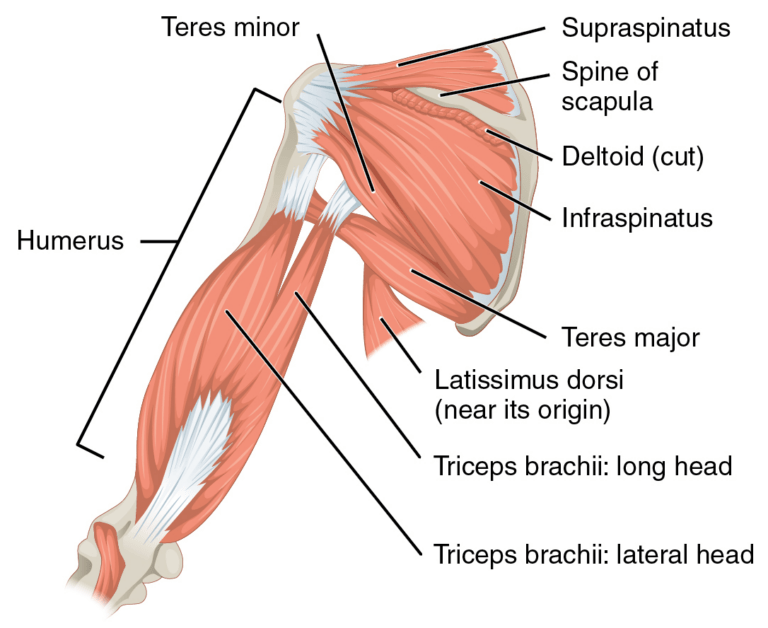The pictures we use in our articles might not show exactly what the words say. We choose these pictures to make you interested in reading more. The pictures work together with the words but don’t take their place. The words still tell you the important facts.
In the vast landscape of the human body, one often overlooked yet critical component is the heel. Nestled at the back of the foot, the heel serves as a cornerstone of our daily movements, supporting our weight and providing stability as we walk, run, and jump. But beyond its functional role, the heel harbors a trove of intriguing secrets waiting to be discovered. Whether you're an avid anatomy enthusiast or simply intrigued by the wonders of the human body, join us on a journey as we unveil nine astounding facts about the heel that will deepen your appreciation for this remarkable body part.
Understanding the Heel: A Foundation for Movement
- The complex network of bones: The calcaneus, also known as the heel bone, stands out as the largest bone in the foot, bearing the weight of our entire body and serving as a robust foundation for movement.
- The Achilles connection: Tethering the calf muscles to the heel bone, the Achilles tendon emerges as the thickest and mightiest tendon in the human body, orchestrating powerful foot and ankle movements such as jumping and running.
- A cushion of protection: Enveloping the heel lies a dense layer of fat pad, offering a buffer for cushioning and shock absorption during weight-bearing activities like walking and running.
Navigating the Terrain of Heel Health
- The perils of plantar fasciitis: Plantar fasciitis, a common heel affliction, manifests as inflammation and pain in the plantar fascia, a band of tissue spanning the bottom of the foot. Overuse, improper footwear, and biomechanical issues often contribute to this condition.
- Heel spurs as companions: A companion of chronic plantar fasciitis, heel spurs are bony projections that may form on the heel bone, eliciting heel pain and discomfort in some cases.
- High heels and their toll: While high heels may enhance style, they also exact a toll on the feet, escalating pressure on the heel, fostering instability, and potentially precipitating conditions like bunions and hammer toes.
Nurturing the Heel: A Path to Foot Health
- The specter of fractures: The sturdy heel bone may succumb to fractures under extreme pressure, such as high-impact injuries or falls from elevated surfaces, warranting medical attention for proper healing.
- The enigma of asymptomatic spurs: Contrary to common perception, heel spurs don't unfailingly trigger pain or discomfort, with some individuals harboring them devoid of symptoms while others grapple with excruciating pain sans visible spurs.
- The prescription of hygiene: Observing proper foot and heel hygiene, inclusive of regular cleaning, moisture management, and adherence to clean socks and shoes, emerges as imperative in preventing infections, odors, and other foot-related maladies.
Embracing Heel Care: A Testament to Overall Wellness
In summation, the heel emerges not merely as a functional requisite for ambulation but as a nuanced entity replete with an awe-inspiring anatomy and vital functions. From furnishing stability and support to absorbing shock and propelling us onward, the heel stands as an indispensable cog in our daily locomotion. Delving into heel anatomy, acquainting oneself with prevalent conditions, and adopting proactive measures can pave the way toward enhanced care for this pivotal body part.
FAQs: Unraveling Queries on Heel Health
- Common causes of heel pain: Causes encompass plantar fasciitis, Achilles tendonitis, heel spurs, stress fractures, and bursitis.
- Impact of high heels: Prolonged wear can elevate heel pressure, instigating discomfort, pain, and potential foot structural damage.
- Preventive measures for heel pain: Recommendations span wearing suitable footwear, maintaining a healthy weight, stretching before exercise, and minimizing high-impact activities.
- Strengthening exercises for the heel: Calf raises, heel drops, toe curls, and towel scrunches serve as beneficial exercises to fortify heel musculature and tissues.
- Indicators for seeking medical attention: Symptoms like severe or persistent heel pain, impaired walking, swelling, and signs of infection warrant prompt consultation with a healthcare provider for precise diagnosis and treatment.
Embark on a Footwear Odyssey
Eager to delve into additional captivating content on footwear? Whether your interests lie in expanding your shoe repertoire with diverse styles, exploring luxury brands like Amiri, or discovering unique designs from Maison Mihara Yasuhiro, our platform awaits you. Each article immerses you in a trove of insights and information to satiate your curiosity and empower informed decisions regarding footwear selections. Take a leisurely stroll through these engrossing narratives, unearthing a plethora of intriguing facts about shoes that promise to enrich your understanding and appreciation of footwear.
Closing Thoughts: Trust in Our Commitment to Quality
True to our mission of delivering credible and captivating content, each fact on our platform emanates from real users like you, weaving together a tapestry of diverse insights and information. Our resolute dedication to accuracy and authenticity underpins the editorial rigor with which each submission is meticulously scrutinized. As you navigate our site, rest assured in our steadfast commitment to excellence, ensuring that the facts you encounter not only captivate but also inform, anchoring you in a realm of knowledge and exploration.
By unwrapping the enigmatic tapestry of the human heel, we unravel a narrative of resilience, complexity, and functionality. Let us extend a reverent nod to this unsung hero of the body—the heel—a testament to the intricate wonders that populate our corporeal landscape.

